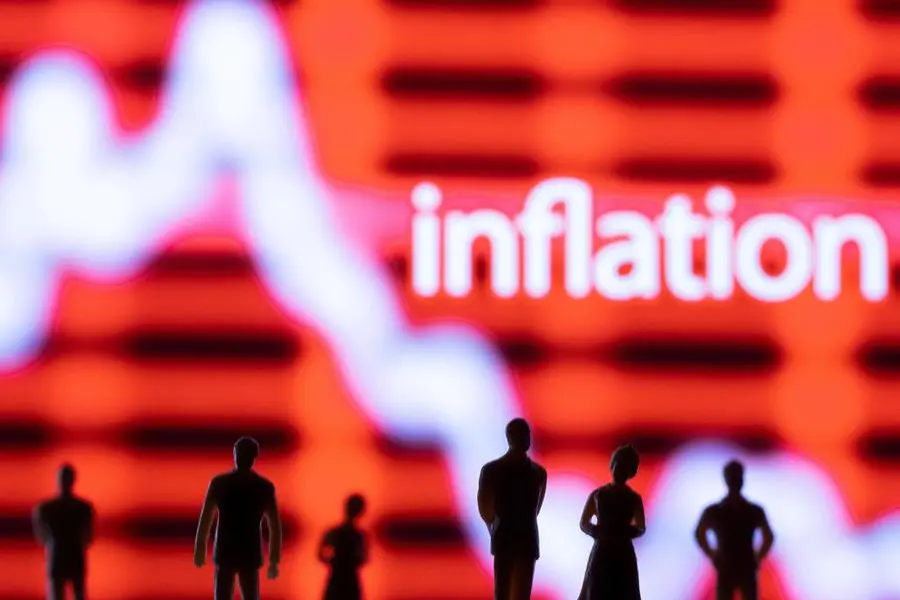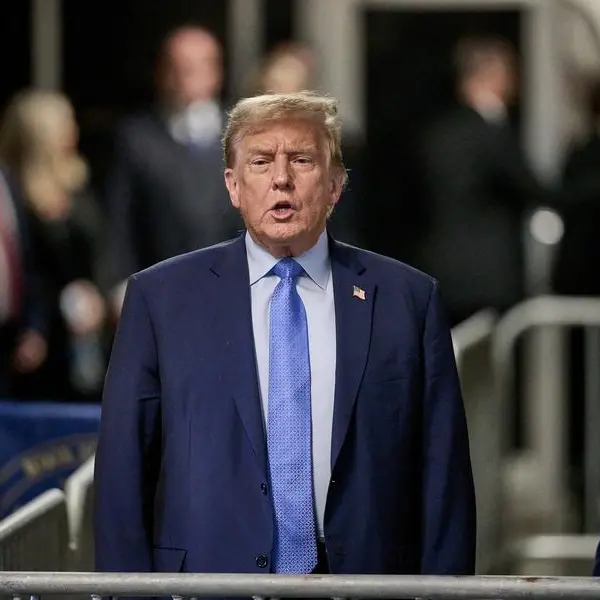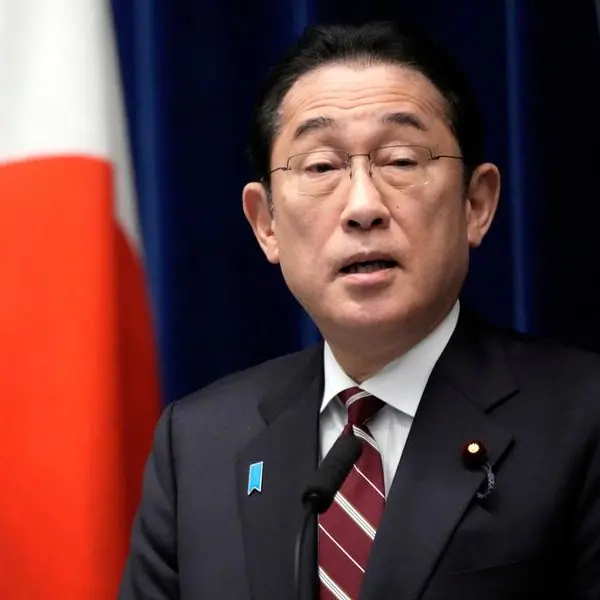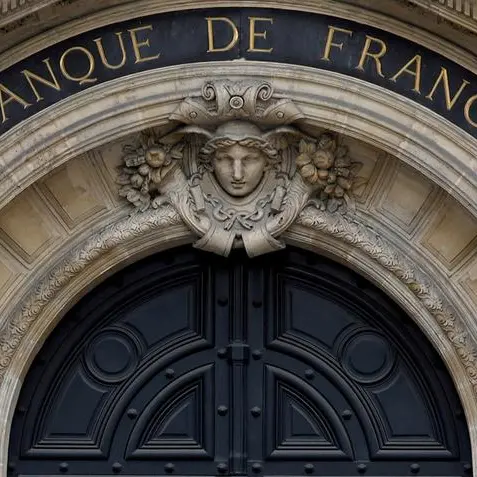PHOTO
Eighteen months after Europe ended its decade-long experiment with negative interest rates, the Bank of Japan has done the same with its first rate hike in 17 years. It marks the end of an era few expect to see again.
Brought in after the late 2000s global recession and debt crisis, negative rates turned money orthodoxy on its head by charging banks to park deposits with their central bank rather than paying them interest for doing so.
The aim was to encourage enough bank lending to kick-start growth in moribund post-crisis economies and ward off the threat of deflation. Most policymakers now conclude they didn't work as well as planned and that, in any case, things have moved on.
"The days of ultra-low rates are over," Agustin Carstens, general manager of the Basel-based Bank for International Settlements, said this week in a wide-ranging policy speech.
"Inflation will partly depend on factors that are not under central banks' control," he said, citing rising trade tensions, ageing populations and climate change among global factors that could keep prices - and thus borrowing costs - higher.
In the early 2010s, the world's big three central banks - the BOJ, European Central Bank and U.S. Federal Reserve - all cut rates to rock-bottom.
The Fed went no further, partly because its policymakers doubted U.S. law would permit a negative rates policy.
The others, fearful that deflation - which prompts consumers to defer purchases so as to secure lower prices later - might trap their economies in recession, decided to go below zero.
The Swiss National Bank, Swedish Riksbank and Denmark's Nationalbank did likewise, prompting accusations from commercial bank chiefs that central banks were undermining the banking sector's business model.
One Danish bank even offered a negative mortgage rate to attract business, effectively paying home-buyers to lend them money. The act of saving earned little reward, prompting tabloid campaigns against negative rates in Germany and Switzerland.
Yet it became clear the policies were not having the desired effect.
FISCAL FLATTERY
While ECB studies suggest negative rates did add about 0.7 percentage points to growth in loans each year, that wasn't ever enough to bring euro zone inflation up to the central bank's target of around 2%.
Some critics of negative rates argue that lack of access to credit was never the main reason for Europe's sluggish recovery and that deeper problems - such as lack of competitiveness and public investment - were outside the domain of monetary policy.
"It's a bit like when you have a hammer and everything looks like a nail," said Dirk Schumacher, head of European macro research at Natixis.
"There's only so much central banks in the end can do to spur growth, and they clearly ran into the limit here."
The Fed, which held rates above but close to zero, similarly found its efforts to cure roughly a decade of below-target inflation yielded only slow and often unsatisfactory results.
Ultimately, the world was bounced out of the low-inflation era by supply chain snags created by the COVID-19 pandemic, compounded by the massive fiscal stimulus programmes of rich nations and energy shocks linked to the Ukraine war.
The Bank of Japan remains far behind other central banks, which have hiked rates at unprecedented speed to stifle these new inflationary pressures and only now are starting to think a cautious easing might be possible.
But policymakers are still dealing with the distortions created by negative rates, not least a financial system awash with trillions of dollars of cheap money and excess funds which banks can simply park with the central bank for an easy profit.
Just as worrying has been the impact on fiscal policy across the world, encouraging governments to amass record debts - borrowing that was initially cheap but which has become more expensive as interest rates rose to more normal levels.
"The post-GFC (global financial crisis) low interest rate environment flattered fiscal accounts," said BIS's Carstens.
"Fiscal authorities have a narrow window in which to get their house in order before the public's trust in their commitments starts to fray."
(Writing by Mark John; Editing by Catherine Evans)












